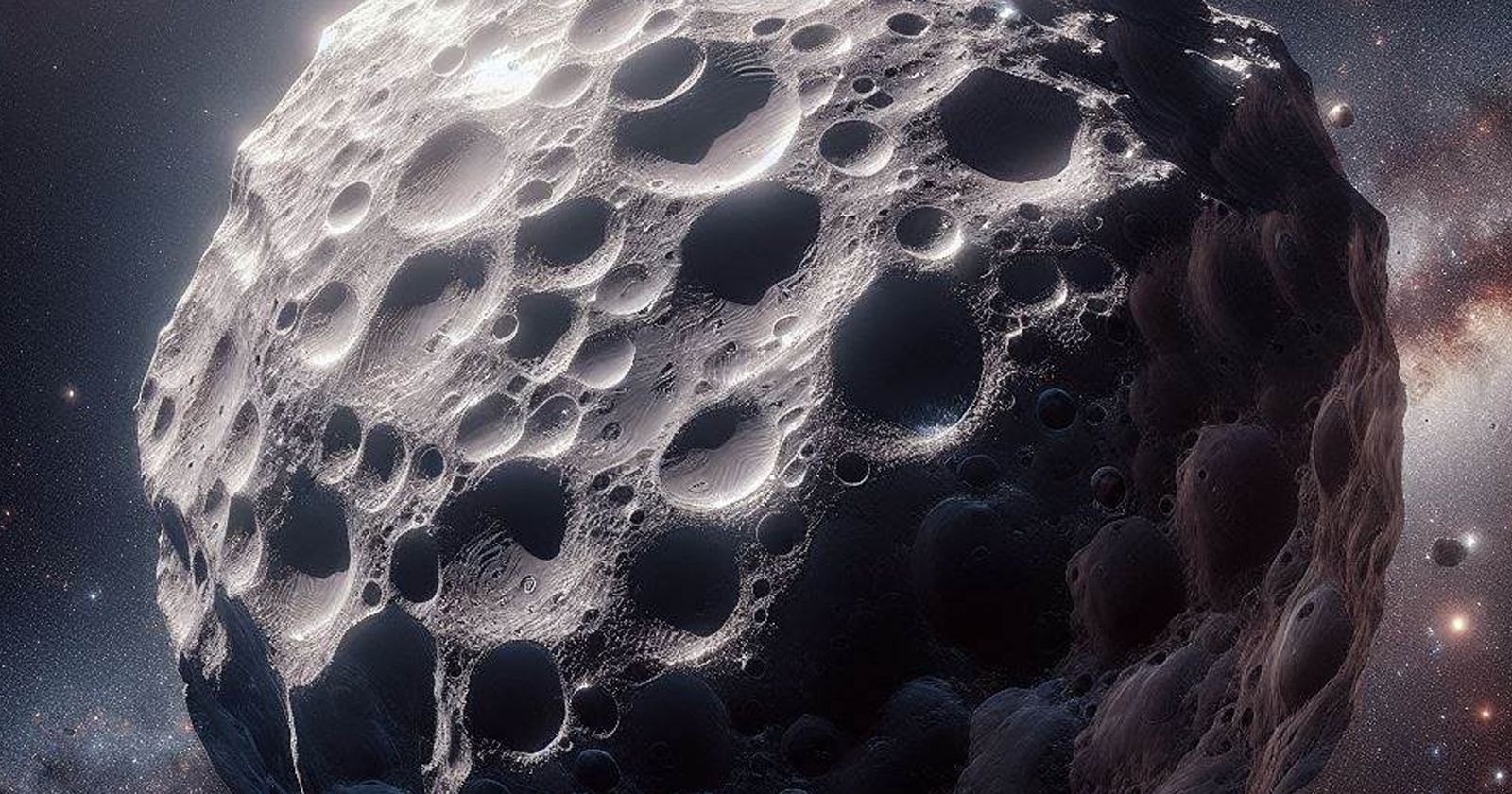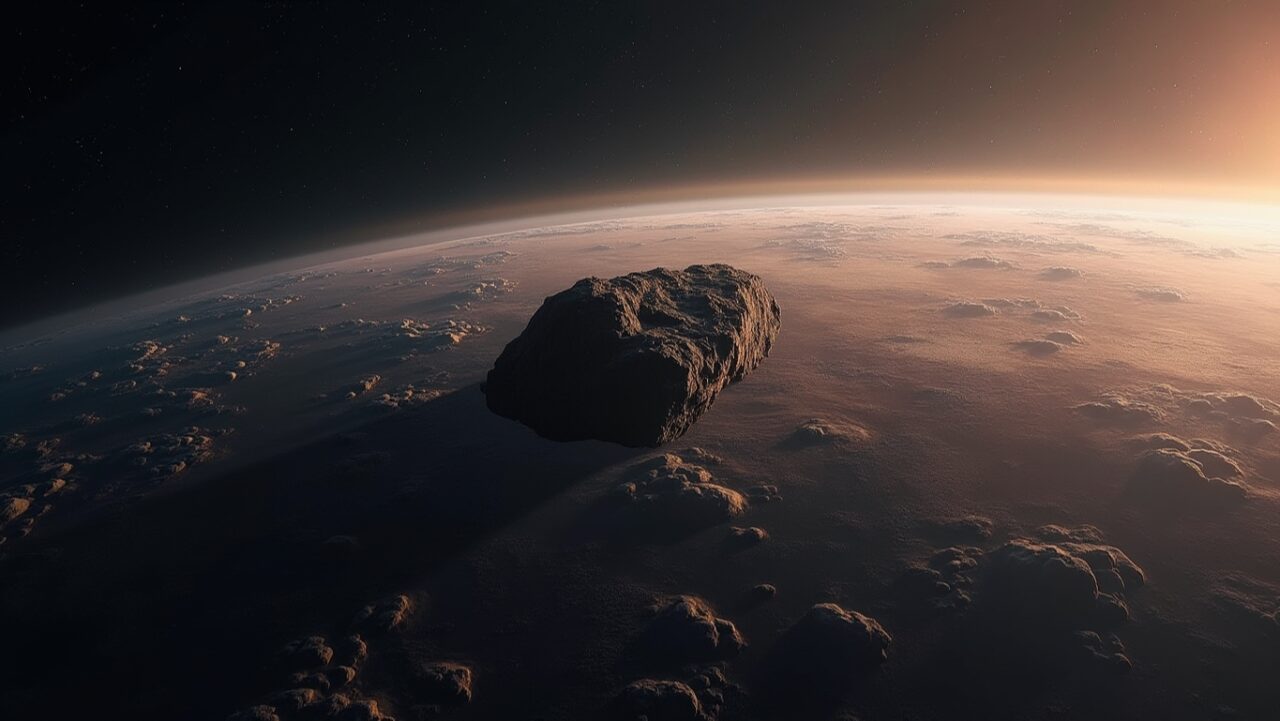New clues about the early stages of our solar system emerged, an international research team, (246) asporina and (4125) Lew Allen, two asteroids, about 4.5 billion years ago, the ancient “planet embryos” can be the ruins of the remains. According to analyzes, these asteroids are of great similarity to one of the oldest meteorite species in the solar system, known as Angrites. Here are the details…
Ancient asteroids contain important secrets about planetary formation
Angrites, as you know, consist of a rare meteorite type, olivine -rich basaltic minerals. We know these meteorites because they have special oxygen, magnesium and chromium isotopic compositions. These features show that they are formed in the innermost parts of the Solar System and that a large celestial body is broken from the surface.

Researchers compared the spectral data of 10 different Angrit meteorite to 712 asteroids to better understand the ancient planetary formation processes. Thanks to the analysis using UV-VIS-NIR spectroscopy, it was determined how each celestial body reflects light and important information was obtained about the mineral structures. With this method, (246), the spectral properties of ASPORINA appeared to overlap with an angry meteorite called NWA 10463.
100 km per second! Russia has a plasma engine that will go to Mars in 30 days
Russia’s Nuclear Research Council Rosatom announced that it has developed a new plasma engine that can reach Mars in 30 days.
In fact, the discovery shows that the violent collisions in the early stages of the solar system cause the disintegration of large planetary embryos and that these remnants are still in the asteroid belt. Scientists are also thinking of doing new research on how these ancient planetary pieces disappear or how they change over time. So why is this discovery so important?
First of all, this discovery gives a different dimension to space research. Future space missions will reveal unknowns about planetary formation processes by taking examples from such ancient asteroids. For example, NASA’s Osırıs-Rex mission was able to make great discoveries with examples of Bennu asteroid.

The fact that a similar study is on these newly discovered asteroids will contribute to our understanding of what happened in the first few million years of our solar system. Researchers think that understanding how these celestial bodies are formed and disappeared in the chaotic periods of the early solar system will give important clues about the search for extraterrestrial life and planet evolution.
In the meantime, the findings were published in Icarus magazine. You can reach all the details of the work through the link here.